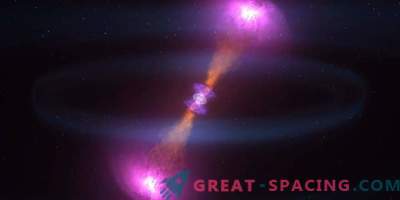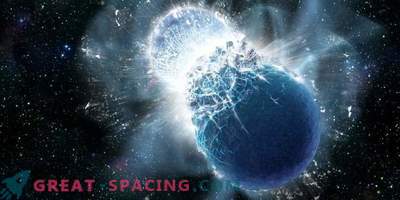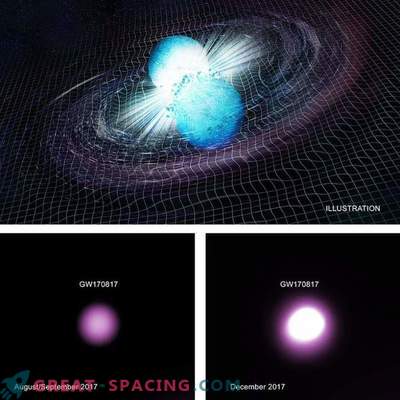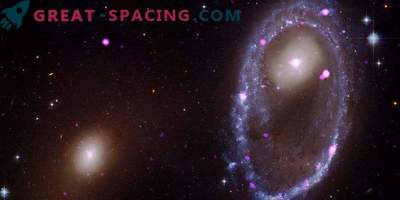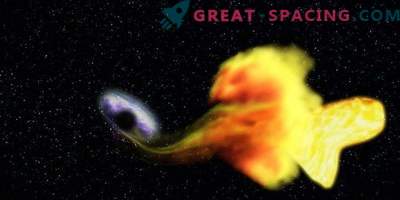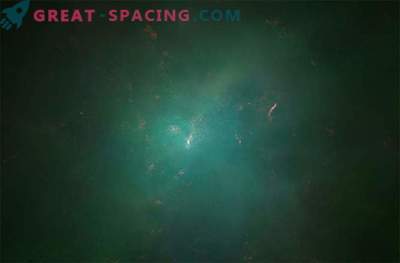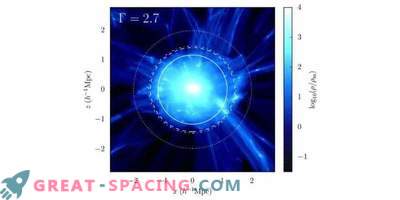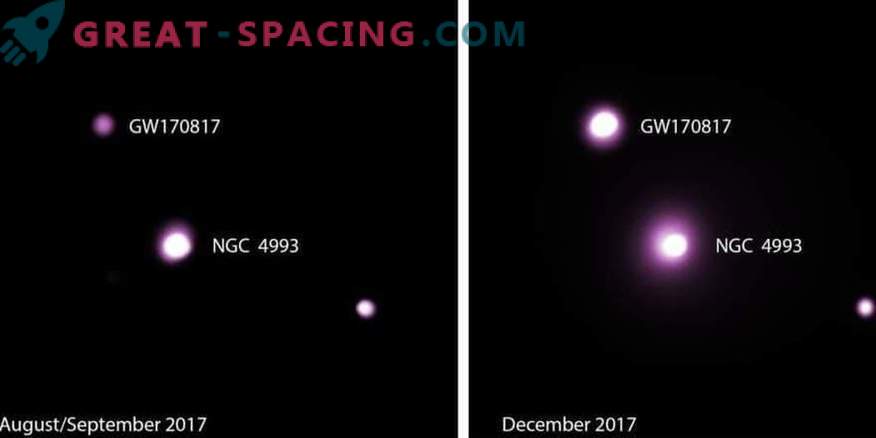
The graph shows the X-ray analogue of the source of the gravitational wave GW170817, created due to the merger of two neutron stars. On the left is the sum of observations from the Chandra Observatory, made in late August and early September 2017, and on the right, the sum of observations from Chandra in early December 2017. The analogue is shown in the upper left corner of the galaxy NGC 4993, distant by 130 million light years from us. Within 3 months, the counterparty became 4 times brighter
The afterglow from the merger of distant neutron stars, seen in August 2017, continued to glow, reflecting an event that occurred at a distance of 138 million light years. New observations from the Chandra Observatory show that the gamma-ray outburst was more complex than originally thought.
Typically, these flashes glow for a short time when they crash into the environment. Then the system ceases to give off energy, and the flash goes out. But the observations do not correspond to the usual understandings.
Cocoon theory
New data are trying to explain using more complex models for the remnants of the merger of neutron stars. One possibility is that the merger activated a reactive stream that shook the surrounding gaseous debris, forming a red-hot cocoon around a reactive stream glowing in X-rays and radio light. X-ray observations last month showed that these emissions become brighter over time. While the radio telescopes tracked the afterglow throughout the fall, this was not possible for X-ray and optical observatories, since the point in the sky was too close to the Sun.
Physical Puzzle
An unexpected event made scientists understand that physics drives emissions. For the first time, neutron star fusion was noticed on August 17 using LIGO. This discovery opened the door to a new astronomical era. Now researchers can observe a cosmic event with the help of gravitational waves - a ripple in space and time, predicted by Albert Einstein. It is believed that such mergers are responsible for the creation of heavy elements (gold, platinum and silver).




